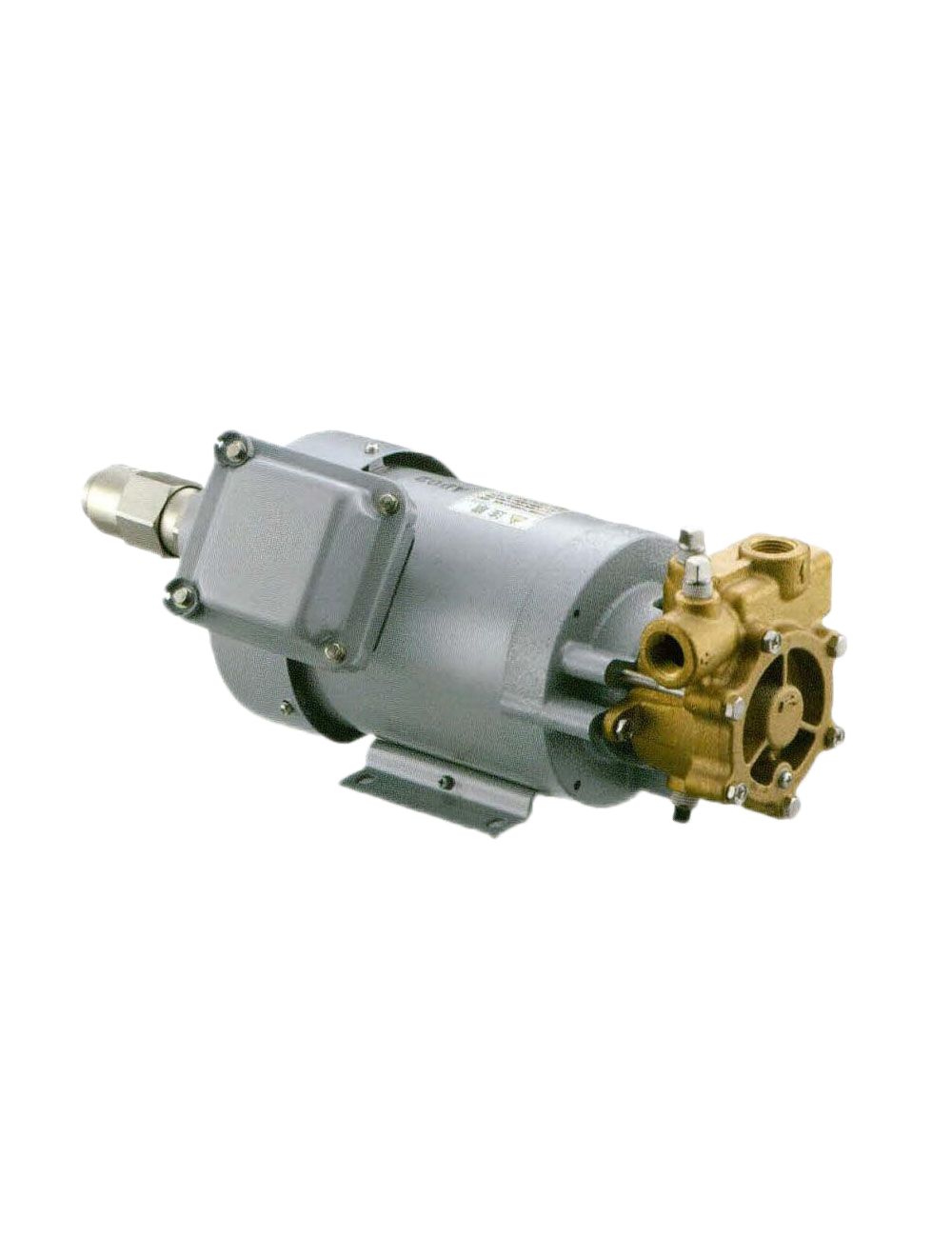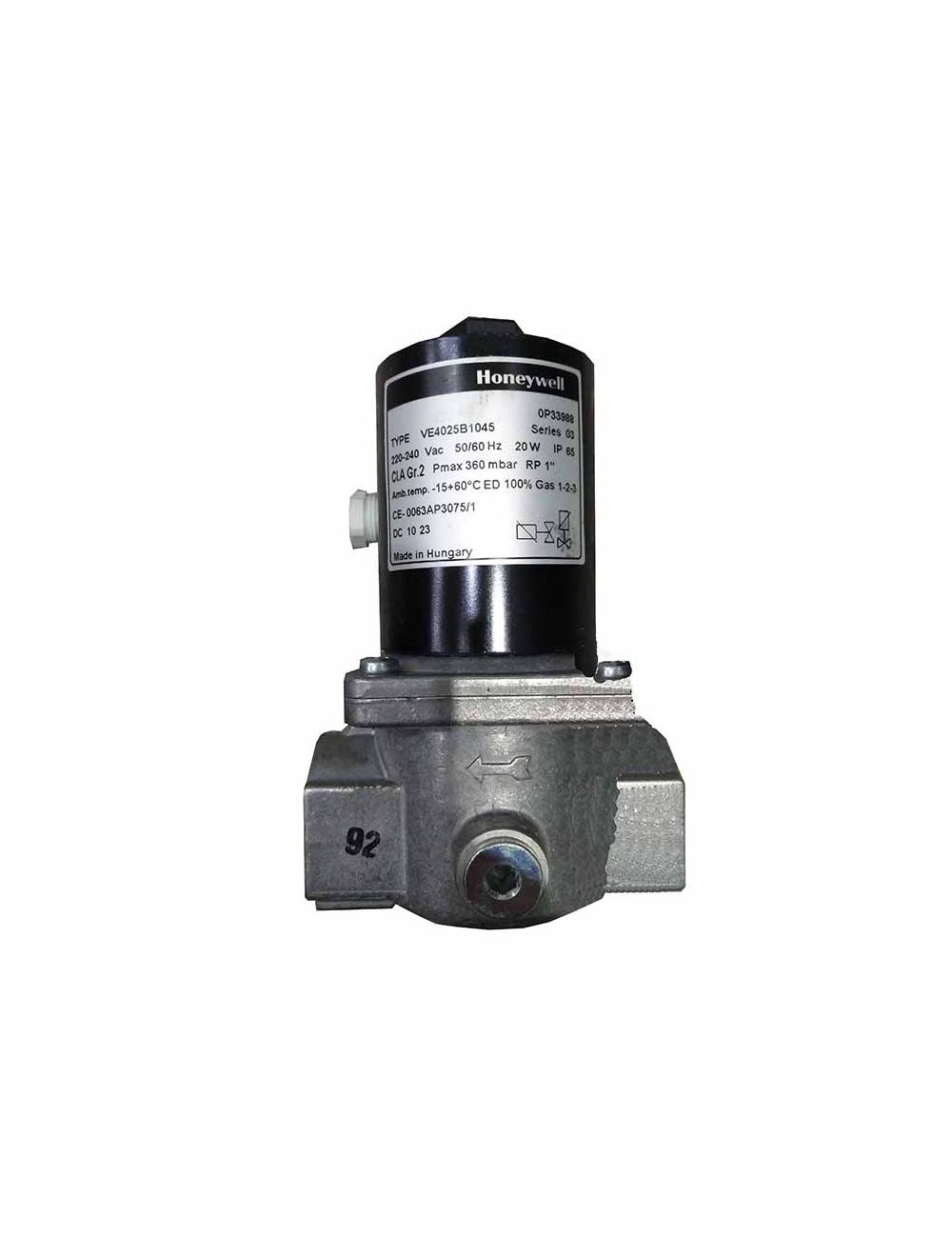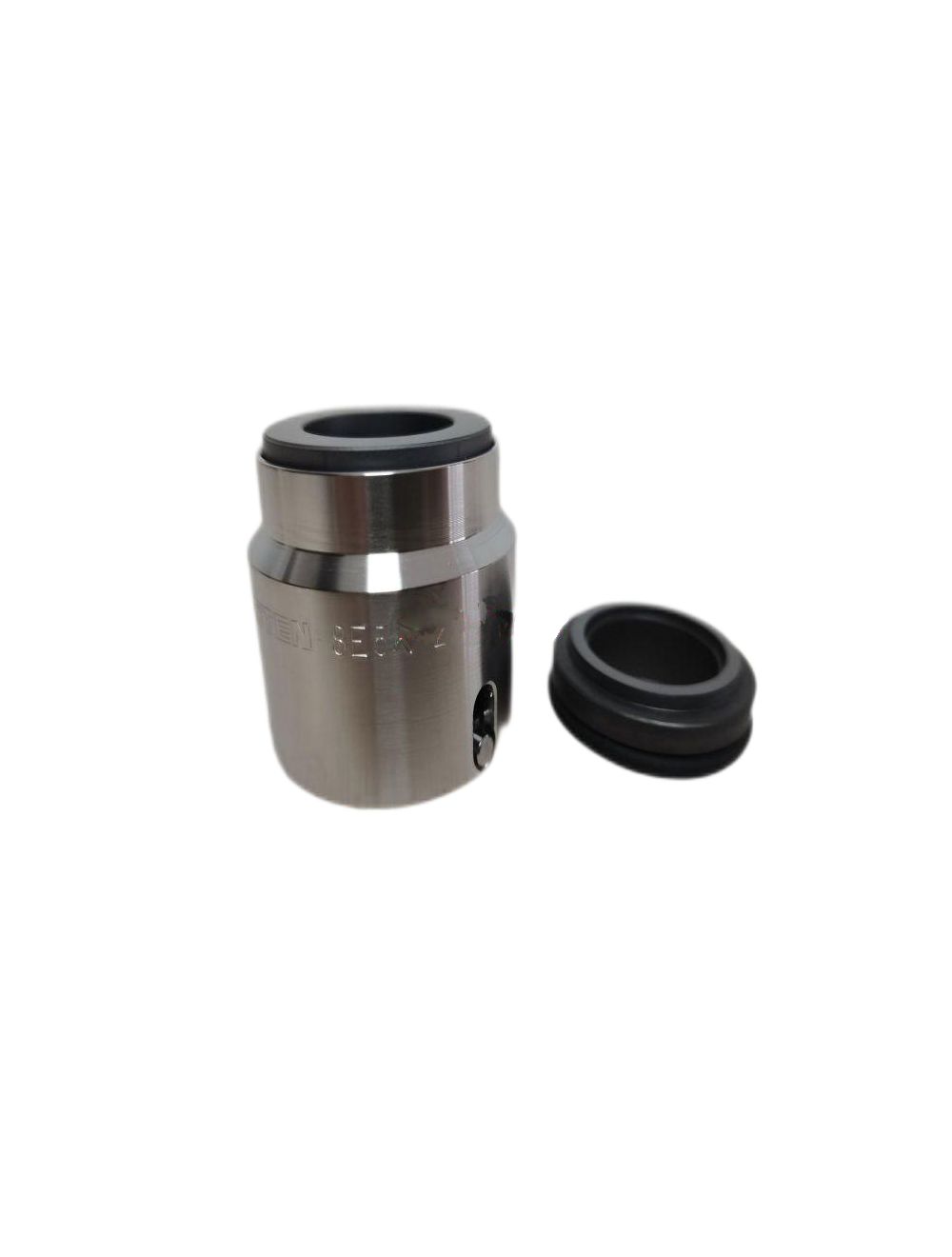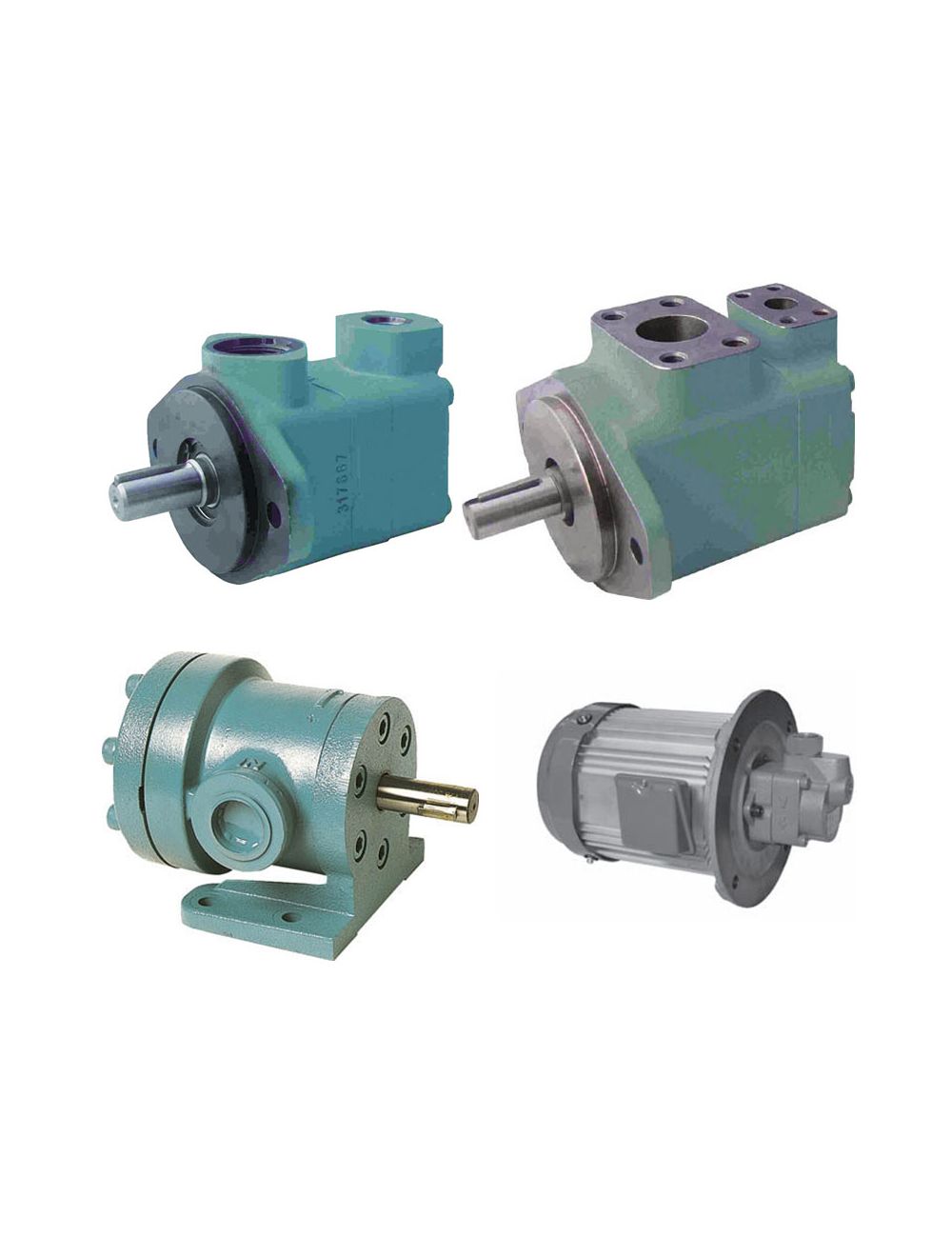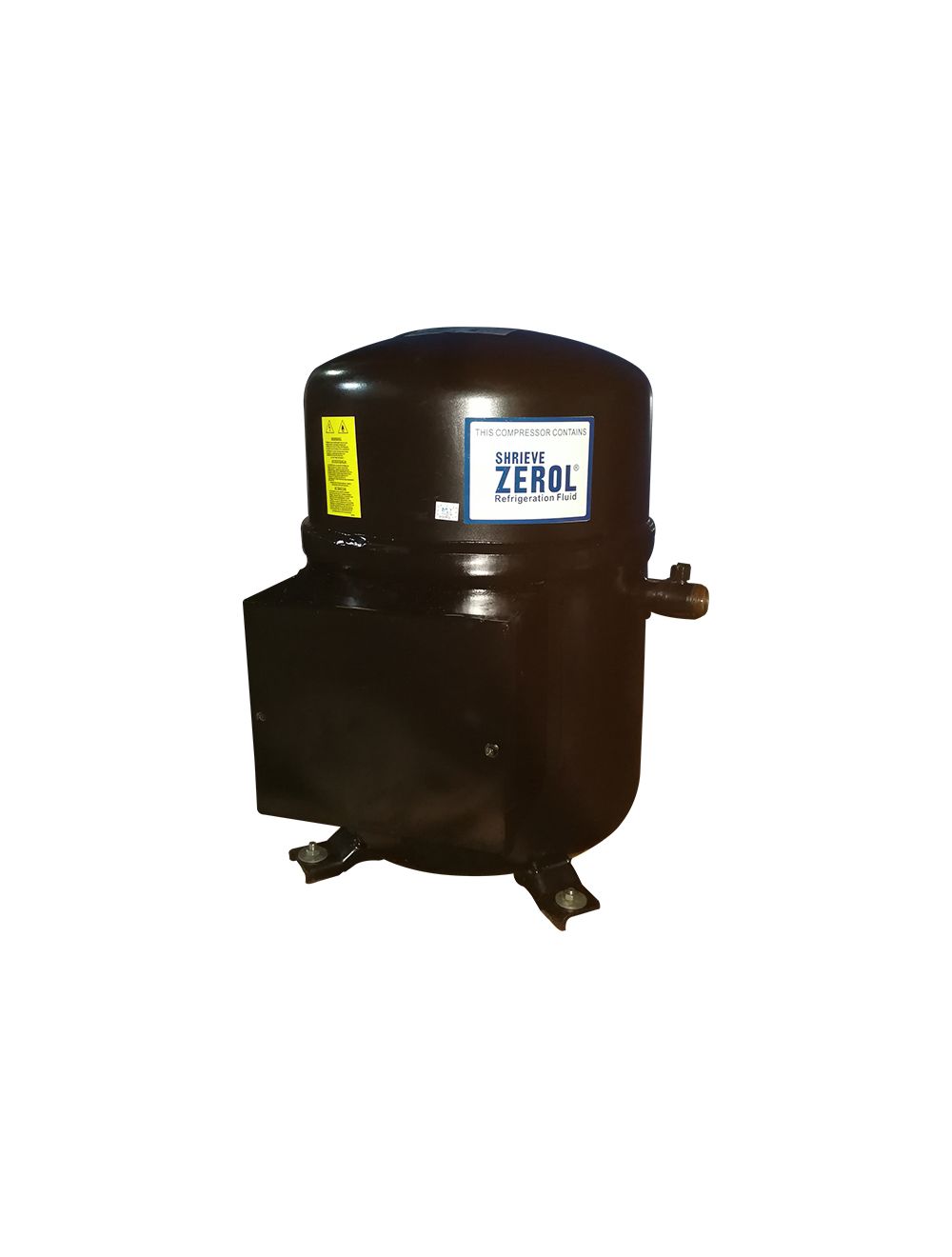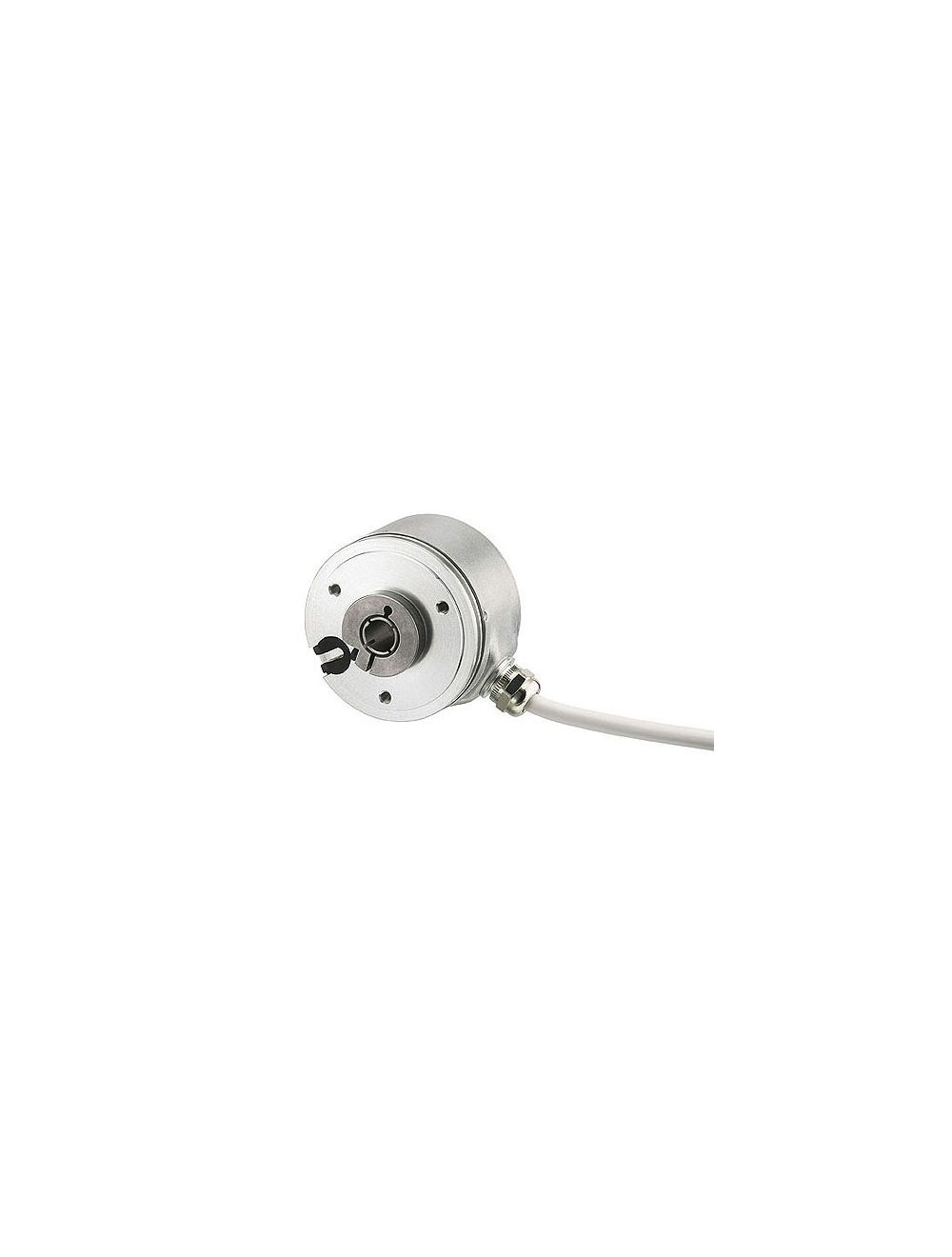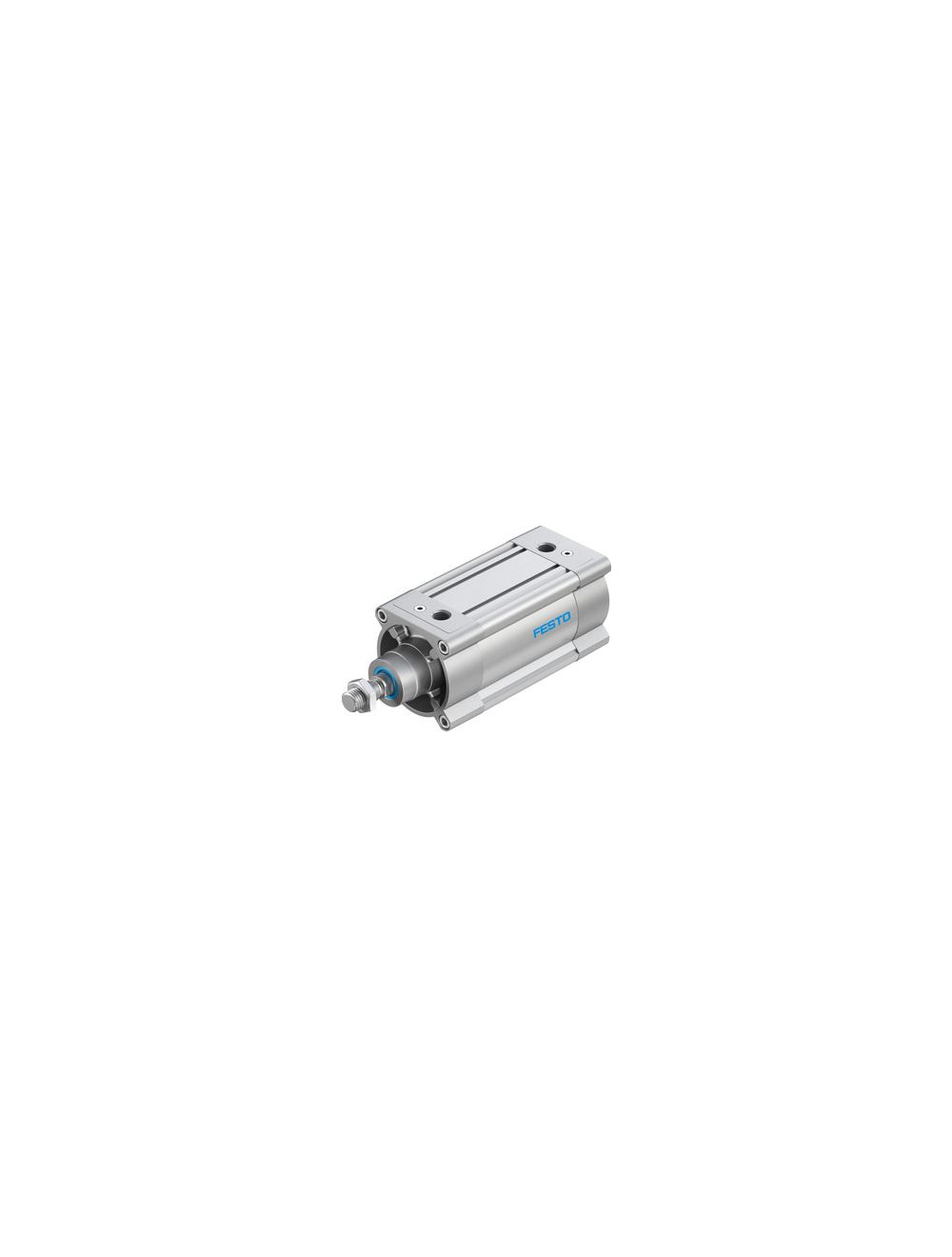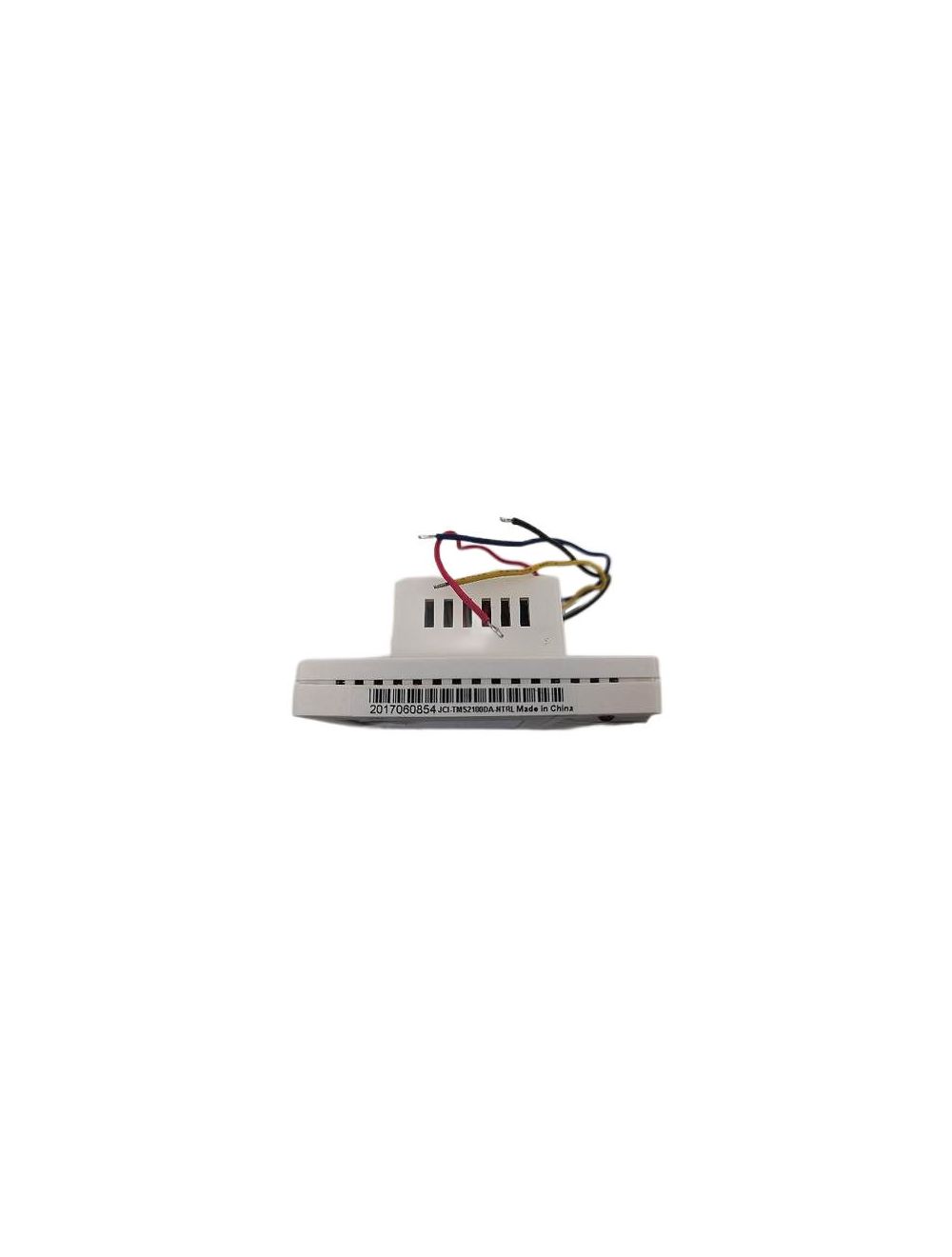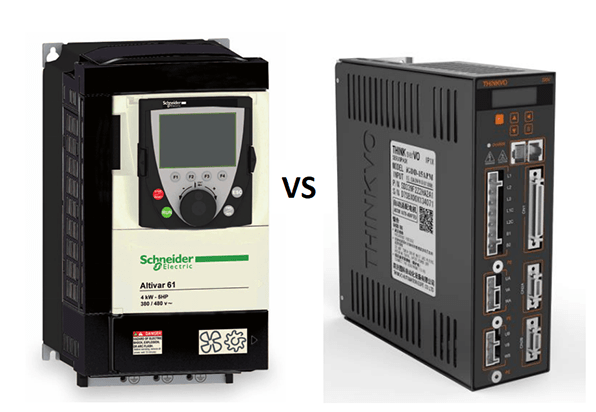
Variable Frequency Drives (VFDs) and servo drives are the most widely used drive equipment in transmission systems. Talking about the difference between the two, many people only know that VFDs (also called frequency converters) are often used in low-end mechanical equipment, while servo drives are mostly used in high-end mechanical equipment. This is a relatively general statement. Today we will learn about the differences between the two.
Before that, let’s learn some basic information about them.
1. What Is a Servo Drive?
A servo drive, also known as a servo amplifier or servo controller, is an electronic device that controls the motion and position of a servo motor. The primary function of a servo drive is to receive control signals from a controller or a programming device and then provide the necessary electrical power to the servo motor to achieve precise motion control.
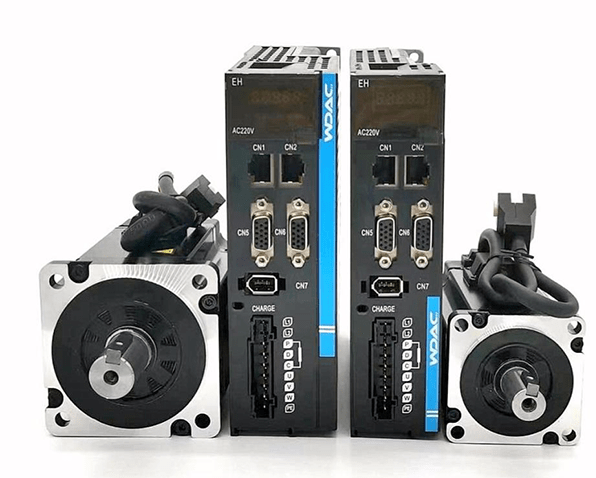
Key components of a servo drive include:
Control Circuitry: This part of the servo drive processes the input signals, typically coming from a motion controller or a PLC (Programmable Logic Controller). The control circuitry generates the appropriate signals to drive the motor based on the desired motion parameters.
Power Amplifier: The power amplifier amplifies the control signals from the control circuitry to provide the necessary power levels required to drive the servo motor. It converts low-power control signals into high-power signals that can drive the motor.
Feedback System: Most servo systems include a feedback device such as an encoder or resolver on the servo motor. This feedback system continuously monitors the motor's actual position, speed, or other relevant parameters and sends this information back to the servo drive. This feedback allows the system to make real-time adjustments and corrections to ensure the motor follows the desired trajectory accurately.
Servo drives are widely used in various industrial applications where precise motion control is essential. Common applications include robotics, CNC (Computer Numerical Control) machinery, automation systems, and other applications where high accuracy and dynamic performance are required.
In summary, a servo drive is a crucial component in a servo system, providing the interface between the control system and the servo motor to achieve accurate and controlled motion.
2. What Is a Variable Frequency Drive (VFD) ?
A Variable Frequency Drive (VFD), also known as a Variable Speed Drive (VSD) or Adjustable Frequency Drive (AFD), is an electronic device used to control the speed and torque of an alternating current (AC) electric motor by varying the frequency and voltage supplied to the motor.
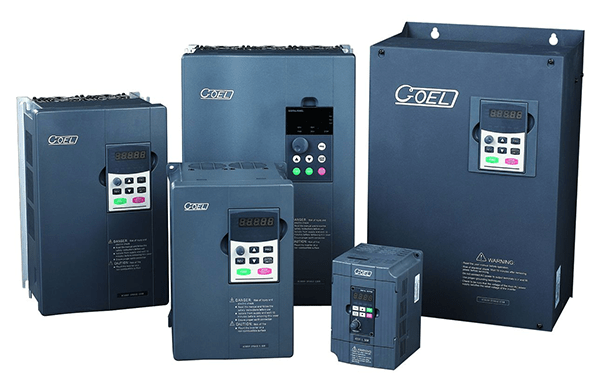
Key components of a VFD include:
Rectifier: The VFD first converts the incoming AC power into direct current (DC) through a rectifier circuit.
DC Bus: The DC power is then stored in a DC bus capacitor, providing a stable source of DC voltage.
Inverter: The inverter section of the VFD converts the DC power back into AC power with variable frequency and voltage. By adjusting the frequency and voltage of the output, the VFD controls the speed and torque of the connected AC motor.
Control Circuitry: The VFD is equipped with control circuitry that receives input signals, such as speed references or commands from a control system or operator interface. Based on these inputs, the control circuitry adjusts the output frequency and voltage of the inverter to achieve the desired motor speed and performance.
Protection Features: VFDs often include various protection features to safeguard the motor and the drive itself from overcurrent, overvoltage, undervoltage, overheating, and other faults.
VFDs are commonly used in a wide range of industrial and commercial applications, including HVAC systems, pumps, fans, conveyors, compressors, and machine tools, where precise control of motor speed and efficiency are essential.
3. Key Differences between VFD and Servo Drives
VFD and servo drive have different characteristics and uses in actual application scenarios. The following will introduce the differences between VFDs and servo drives in detail, and compare them in terms of working principles, control methods, application, etc., to help you better understand them.
3.1 Working Principle
VFD:
A VFD changes the speed of the motor by changing the frequency of the power supply, that is, the frequency of the alternating current. It first converts the input power directly into DC power, and then converts the DC power into variable frequency AC power through an inverter to control the speed and torque of the motor.

Servo drive:
A servo drive is a closed-loop control system that continuously detects the motion status and position of the servo motor, interacts with the controller, and accurately controls the motor.

3.2 Control Method
VFD:
A VFD can realize open-loop control and control the speed of the motor by setting the input frequency and torque. It is suitable for occasions where the speed requirements are not high and the control accuracy is relatively low.
Servo drive:
A servo drive adopts closed-loop control and can detect and control the motor's speed, position, torque and other parameters in real time. It achieves precise position and speed control by receiving commands from the controller and based on the feedback signal returned by the encoder. Servo drives are suitable for occasions with high requirements on position and speed, and can achieve high-precision and high-dynamic motion control.
3.3 Application
VFD:
VFDs are widely used in general motor drive systems and are suitable for situations where large loads do not require high-precision control, such as air conditioners, fans, water pumps, compressors, etc.
Servo drive:
Servo drivers are usually used in situations that require high position and speed accuracy, such as CNC machine tools, automated production lines, robots, etc. They enable high-speed, accurate position control and fast dynamic response.

3.4 Control Accuracy and Response Characteristics
VFD:
The control accuracy of VFD is relatively low, generally around ±0.5%, and is suitable for general industrial applications. Its response time is long and cannot meet the requirement for fast response.
Servo drive:
A servo drive has high control accuracy, which can usually reach about ±0.01%. Its response time is very fast, allowing position and speed adjustments to be made within milliseconds.
3.5 Adaptability and Stability
VFD:
A VFD has strong adaptability and can adapt to different motor loads. However, under overload conditions, problems such as unstable speed regulation and insufficient torque may occur.
Servo drive:
The servo drive has high requirements on load capacity. It usually requires the load to have small inertia and be able to provide large acceleration and deceleration. In situations of large load and fast response, the servo drive can work stably and maintain high control accuracy.
3.6 Price and Cost
VFD:
The price of VFD is relatively low, and the installation and maintenance costs are also low. It is suitable for general industrial applications.
Servo drive:
The price of servo drive is higher, and the installation and maintenance costs are also higher. It is suitable for high-end applications that require high control accuracy.
To sum up, there are major differences between inverters and servo drives in terms of working principles, control methods, scope of application, control accuracy and response characteristics, adaptability and stability, price and cost. According to different application requirements, selecting the appropriate motor drive equipment is the key to ensuring the normal operation of the system.

